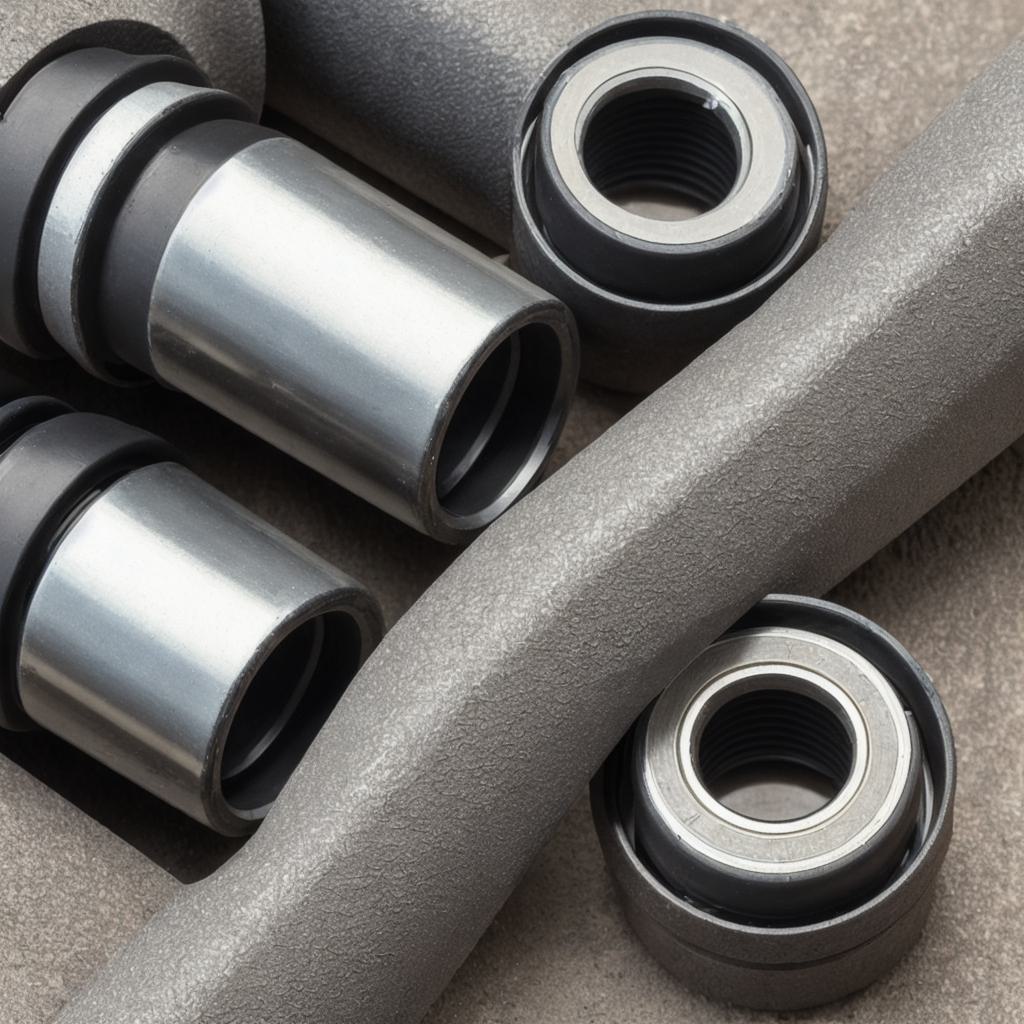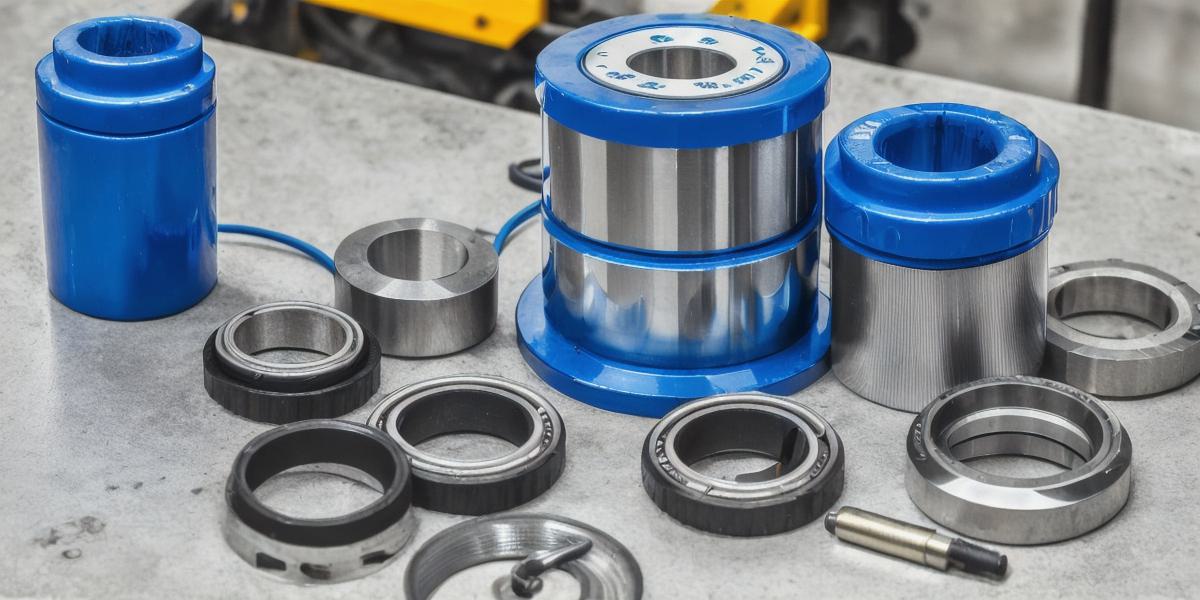When it comes to maintaining a hydraulic system, sealing fittings is crucial to prevent leaks and ensure optimal performance. In this article, we’ll explore the importance of sealing hydraulic fittings, common types of sealants, and how to properly apply them for maximum durability and effectiveness.
Importance of Sealing Hydraulic Fittings
Sealing hydraulic fittings is essential to prevent leaks, contamination, and loss of fluid. Leaks can cause damage to components and cause the system to fail. Contamination can lead to corrosion, fouling, and other problems that affect the performance of the system. Loss of fluid can result in reduced pressure, which affects the efficiency of the system.
Common Types of Sealants
There are several types of sealants available, including:
- O-ring seals: These are commonly used in hydraulic systems because they provide a flexible seal that can withstand changes in pressure and temperature. They are also easy to install and remove, making them ideal for maintenance work.

- Viton seals: These seals are known for their high durability and resistance to heat, chemicals, and ozone. They are often used in harsh environments where other sealants may fail.
- PTFE seals: These seals are commonly used in high-pressure hydraulic systems because they have a low coefficient of friction and can withstand extreme temperatures.
How to Properly Apply Sealants
To properly apply sealants, follow these steps:
- Clean the fittings thoroughly before applying any sealant. Use a solvent or other cleaning solution that is compatible with the type of sealant being used.
- Remove the old seal and clean the mating surface of the fitting thoroughly. This will ensure that the new seal can fit properly and provide an effective seal.
- Apply a small amount of sealant to the mating surface of the fitting, using enough to create a seal but not so much that it overflows. Use a sealant gun or other tool to apply the sealant evenly.
- Install the new seal according to the manufacturer’s instructions. Make sure that the seal is properly seated and that there are no air bubbles in the seal.
- Test the system for leaks and pressure. If everything looks good, you’re ready to go! If not, check your work and make any necessary adjustments.
Tips for Long-Term Maintenance
To ensure that your hydraulic fittings remain sealed and in good condition, follow these tips:
- Check the system regularly for leaks and other problems. If you notice any issues, address them promptly to prevent further damage.
- Use compatible fluids and other components with the sealant. Using incompatible fluids or components can cause the sealant to fail.
- Avoid exposing the fittings to extreme temperatures, harsh chemicals, or other environmental factors that can damage the sealant.
- Replace the sealant as needed. Over time, the sealant may wear out or become contaminated, which can affect its effectiveness.
Conclusion
Properly sealing hydraulic fittings is essential to ensure optimal performance and prevent leaks and other problems. By choosing the right type of sealant and applying it correctly, you can keep your hydraulic system running smoothly for years to come. Remember to check the system regularly, use compatible fluids and components, and replace the sealant as needed to maintain its effectiveness.



